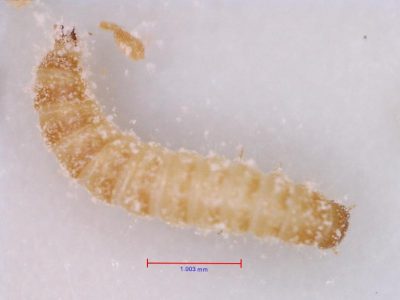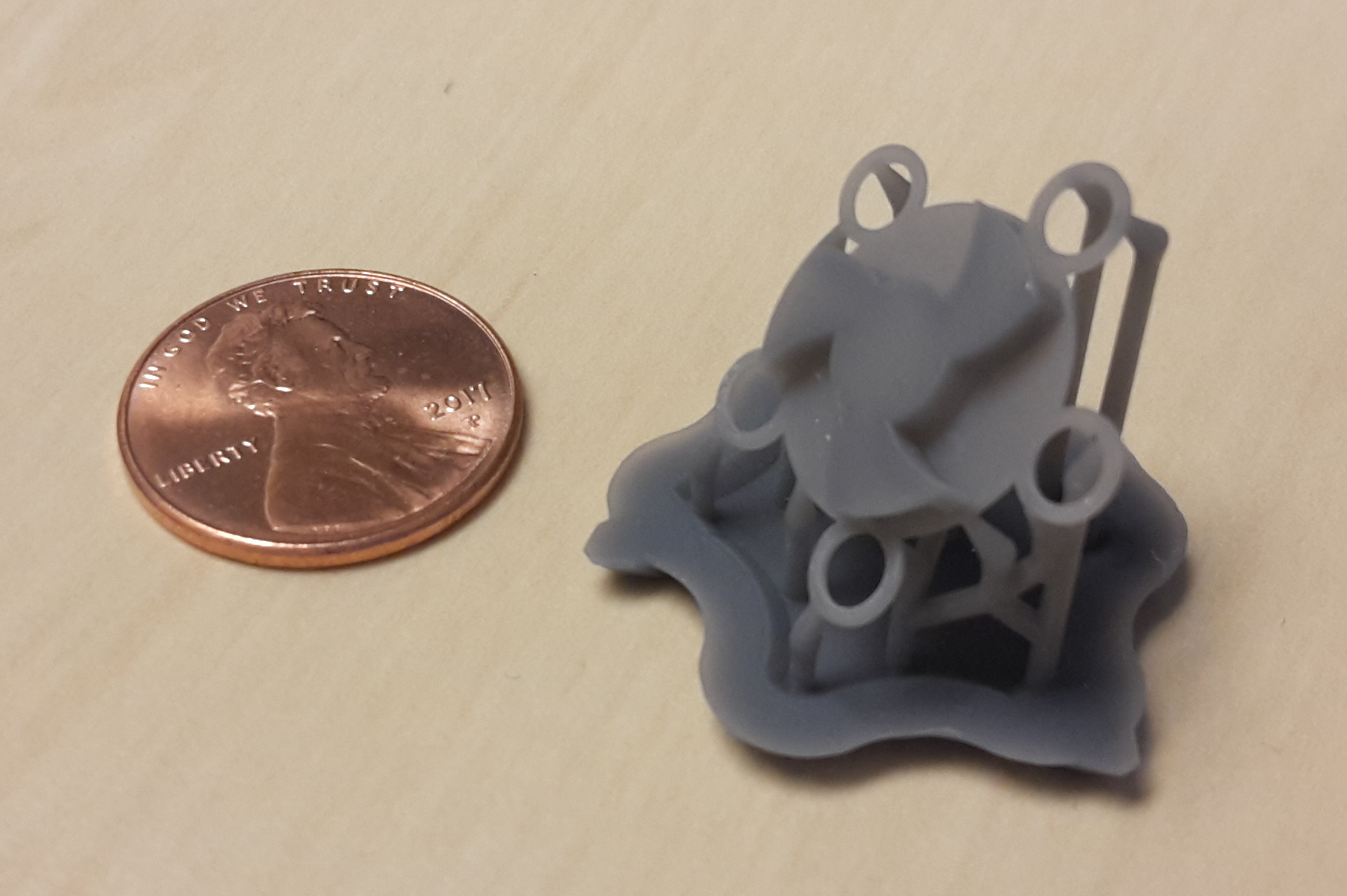Thermal vs. Active vs. Granular Fluids
We are interested in uncovering the similarities and differences between conventional fluids, granular fluids, and active fluids. Each of the projects below addresses these ideas on a different length scale — micron, millimeter, and centimeter — and is powered either externally, internally, or not at all.
![Colloids collected at a microfluid barrier [false color]](https://danielslab.physics.ncsu.edu/wp-content/uploads/sites/63/2017/09/20160505FalseColorPile-300x290.png)
- Colloids collected at a microfluid barrier [false color]
Flow-stabilized solids (FSS) are a class of fragile matter that forms when a dense suspension of colloids accumulates as it flows against a semi-permeable barrier in a micron-sized Hele-Shaw cell. In collaboration with the Riehn Group, we have observed that FSS form above a critical flow rate: this corresponds to to a situation in which the thermal fluctuations are insufficient to destabilized the pile. Our current investigations focus on how these effects are modified by size, shape, and particle-activity. Current researchers: Scott Lindauer
- Carlos P. Ortiz, Robert Riehn, Karen E. Daniels. “Nonaffine deformation under compression and decompression of a flow-stabilized solid.” Journal of Statistical Mechanics. 084003 (2016) [Link] [PDF]
- Carlos P. Ortiz, Karen E. Daniels, Robert Riehn. “Nonlinear Elasticity of Flow-Stabilized Solids.” Physical Review E 90: 022304 (2014) [Link] [PDF]
- Carlos P. Ortiz, Robert Riehn, and Karen E. Daniels. “Flow-Driven Formation of Solid-like Microsphere Heaps.” Soft Matter, 9 (2), 543 – 549, (2013) [Link] [PDF]

- Flour Beetle Larva
Baking flour will rest in a solid, stable heap on a table. However, when active particles such as flour beetle larvae (Tribolium confusus) are introduced into the flour, the mixture begins to slowly flow as a liquid. We are quantifying how the local wriggling of larvae generates viscous-like behavior at the bulk scale. To quantify the small-scale wiggliness of the larvae, we use Diffusing Wave Spectroscopy (DWS), which we then connect to the large-scale motions of the “fluid”. Current researchers: Emily Brown, Melia Kendall

- 3D printed active spinner
In collaboration with Marcel Workamp and Joshua Dijksman (U. Wageningen), we are performing experiments on active-spinners. These particles draw their power from an air table base. Undergraduate researchers Mika Murphy and MRSEC-REU student Gustavo Ramirez have worked on this project.